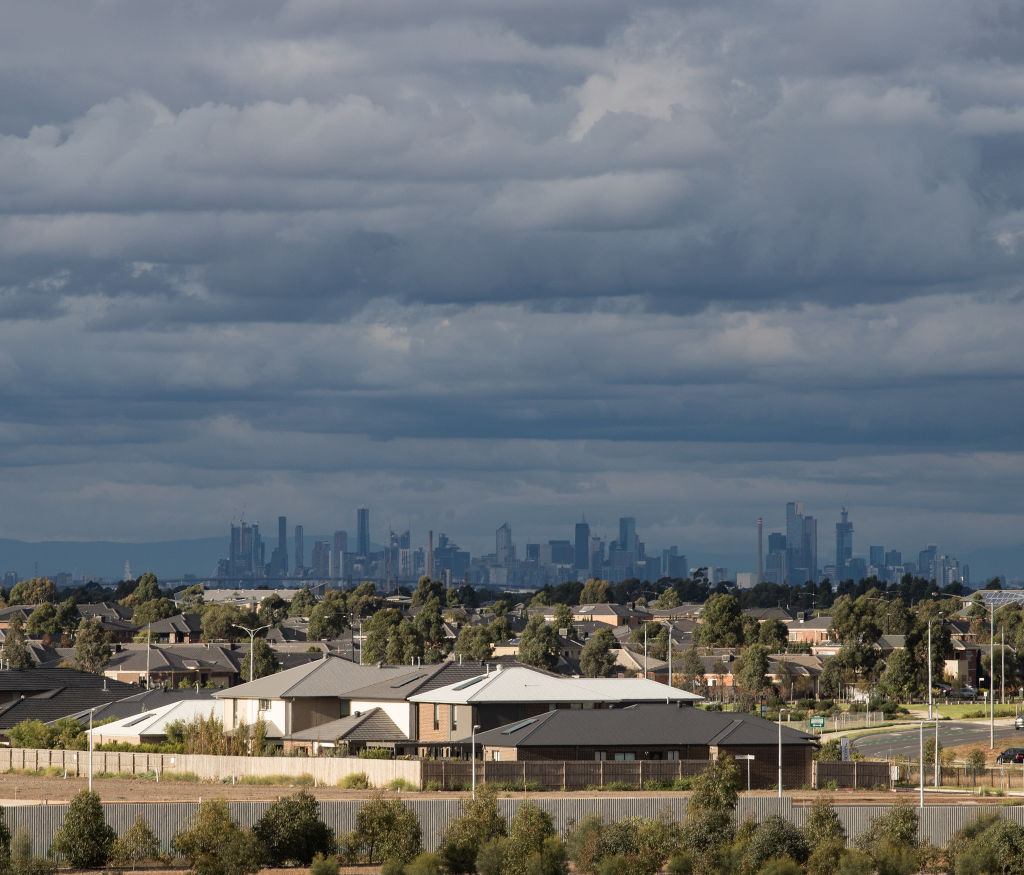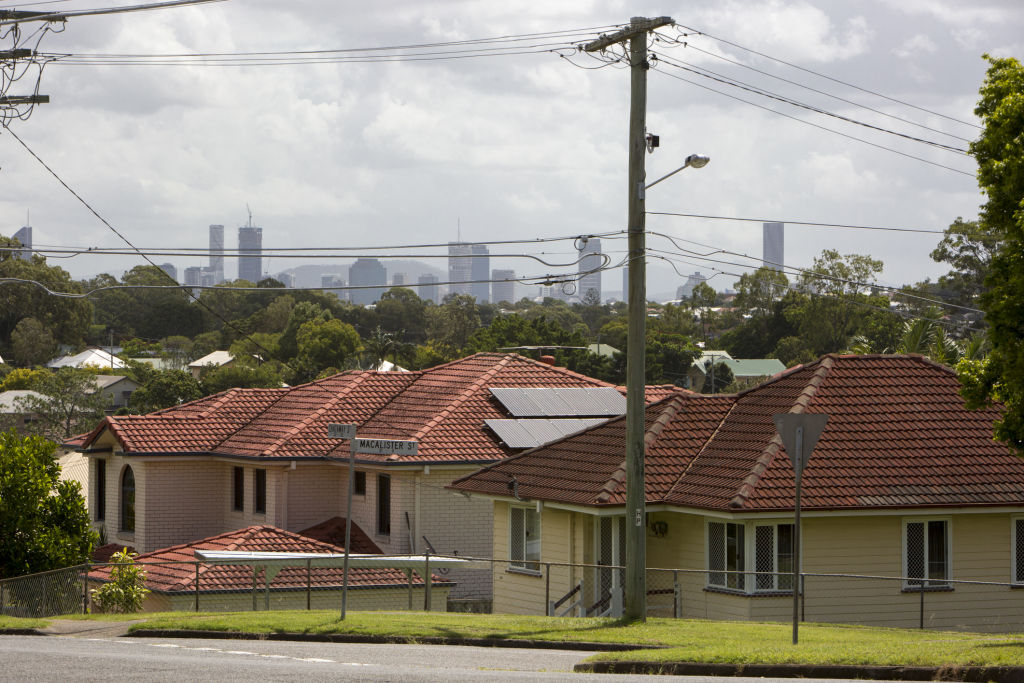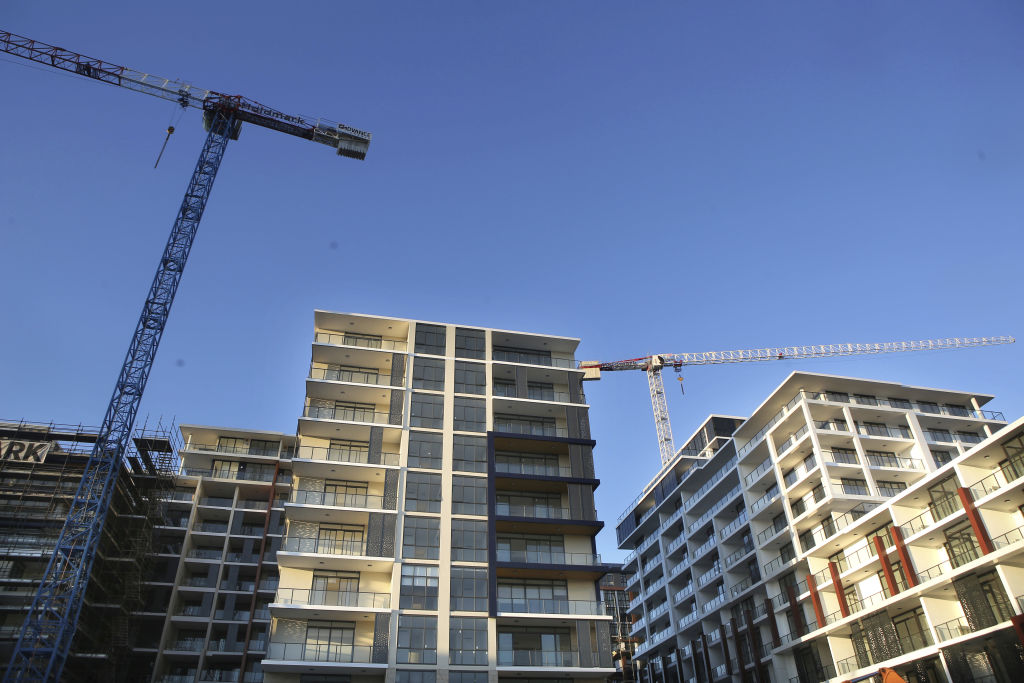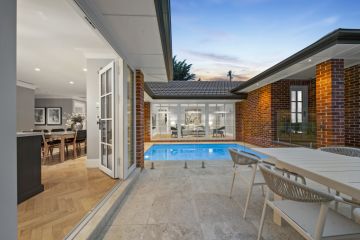Federal election 2019: Labor's affordable housing plan a 'once-in-a-generation' proposal

Labor’s plan to construct 250,000 new affordable rental homes over a decade has been described as a “once-in-a-generation, game-changing” proposal by a director at property consultancy firm Urbis.
The policy will build on the National Rental Affordability Scheme, which was dismantled in 2014, and aims to deliver 20,000 homes in its first term if Labor wins Saturday’s federal election.
Urbis director Rachel Trigg said that would be the single biggest contribution to Australia’s affordable housing supply in history.
“I think it would be a once-in-a-generation, game-changing proposal, particularly if the full 10 years of supply were rolled out,” Ms Trigg said.
“I think it is the most substantial of the policies around housing that’s currently on offer at this election.”
She said new affordable housing investment was critical with much of Australia’s social housing, which was built immediately after World War II, coming up to its use-by date.
In return for investors setting rents 20 per cent below market rate for tenants on low to moderate incomes, the taxpayer-funded scheme will provide annual incentives of $8500 per year for 15 years for newly constructed properties.
The homes must be owned or managed by a registered community housing provider.
The policy is estimated to cost $102 million over the forward estimates to 2021-22 and $6.6 billion over the decade to 2028-29.

Ms Trigg said while the government’s National Housing Finance and Investment Corporation (NHFIC) had made some inroads for community housing providers’ projects, a raft of measures were needed rather than a single policy plank.
“We need more policies. It’s not a one-size-fits-all,” Ms Trigg said.
Labor’s proposal to halve the tax rate of build-to-rent housing constructions from 30 per cent to 15 per cent was another positive, she said.
“I know lots of private developers have been looking at this as a model … they’ve had a lot of interest but they have not been able to make it stack up financially,” Ms Trigg said. “I’m very hopeful that it might get it over the line. At least [initially] these projects … will be trialled and that will build confidence and comfort for investors in the model working.”
Ms Trigg said there was plenty of appetite from local investors, including superannuation funds which already have skin in the game in build-to-rent projects in the UK and the US.
“Again it wouldn’t be a policy that would fix everything by itself, but for some kinds of households it could be a really good option.”

Ms Trigg also called for a national housing minister, which Labor has promised, to tie in housing affordability efforts across federal, state and local governments.
“We’ve got lots of different policy levers looked at and invested in by all three levels of government. I think it needs coordination and leadership at a central level,” she said. “A national minister for housing, I think, is an important part of the puzzle.”
Other housing experts agreed a housing minister was needed and welcomed Labor’s promise to re-establish the National Housing Supply Council, which was abolished by the Abbott government.
Meanwhile the Coalition has promised funding for new research, with $25 million to go towards the NHFIC to help it run the First Home Loan Deposit Scheme — also backed by Labor — and conduct research on housing demand, supply and affordability.
“We do need better data … to help come up with solutions. When we’re reliant on coarse indicators … we come up with very simplistic policy,” said Professor Nicole Gurran, of the University of Sydney’s school of architecture, design and planning. “A promising first step would have a minister responsible for housing and homelessness.”
Community Housing Industry Association chief executive Wendy Hayhurst said a reintroduced council needed to produce robust assessment of housing needs.
“What we don’t have in Australia is in-depth research into what type of housing is required. We’ve got some numbers for targets of overall supply but we don’t break that down into size, tenure, accessibility requirements … and where it’s required … for an area, you may just get a number,” Ms Hayhurst said.
Everybody’s Home campaign spokeswoman Kate Colvin said the Coalition had a “half-baked policy” to address home ownership.
“Not only [does Labor have] a more effective policy in regards to home ownership, it addresses the critical issue of investors getting tax breaks … it also has a policy to expand affordable rental supply.”
Grattan Institute research fellow Brendan Coates said it was “mind-bogglingly stupid” to abolish the council for a government focused on increasing supply as a major solution.
“A housing minister is a really good idea … the mistake would be just to deal with housing for low-income earners,” Mr Coates said. “[It] should also be looking at the functioning of the market as a whole and working with the states to fix those planning rules.”
Ms Trigg said governments, not the private sector, ultimately needed to lead on the issue in order to provide affordable housing.
“I don’t think the private market can do it all. I think it’s the role of government to provide social housing for people who need it most in our community,” Ms Trigg said. “I don’t think it’s practically feasible or philosophically appropriate that we say value capture in the private market can do all of those things.”
We recommend
We thought you might like
States
Capital Cities
Capital Cities - Rentals
Popular Areas
Allhomes
More







